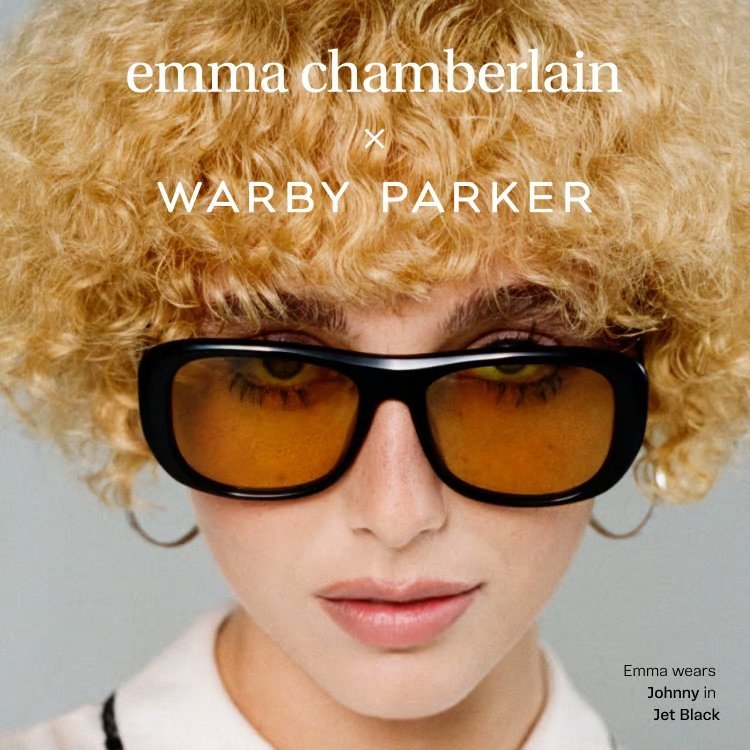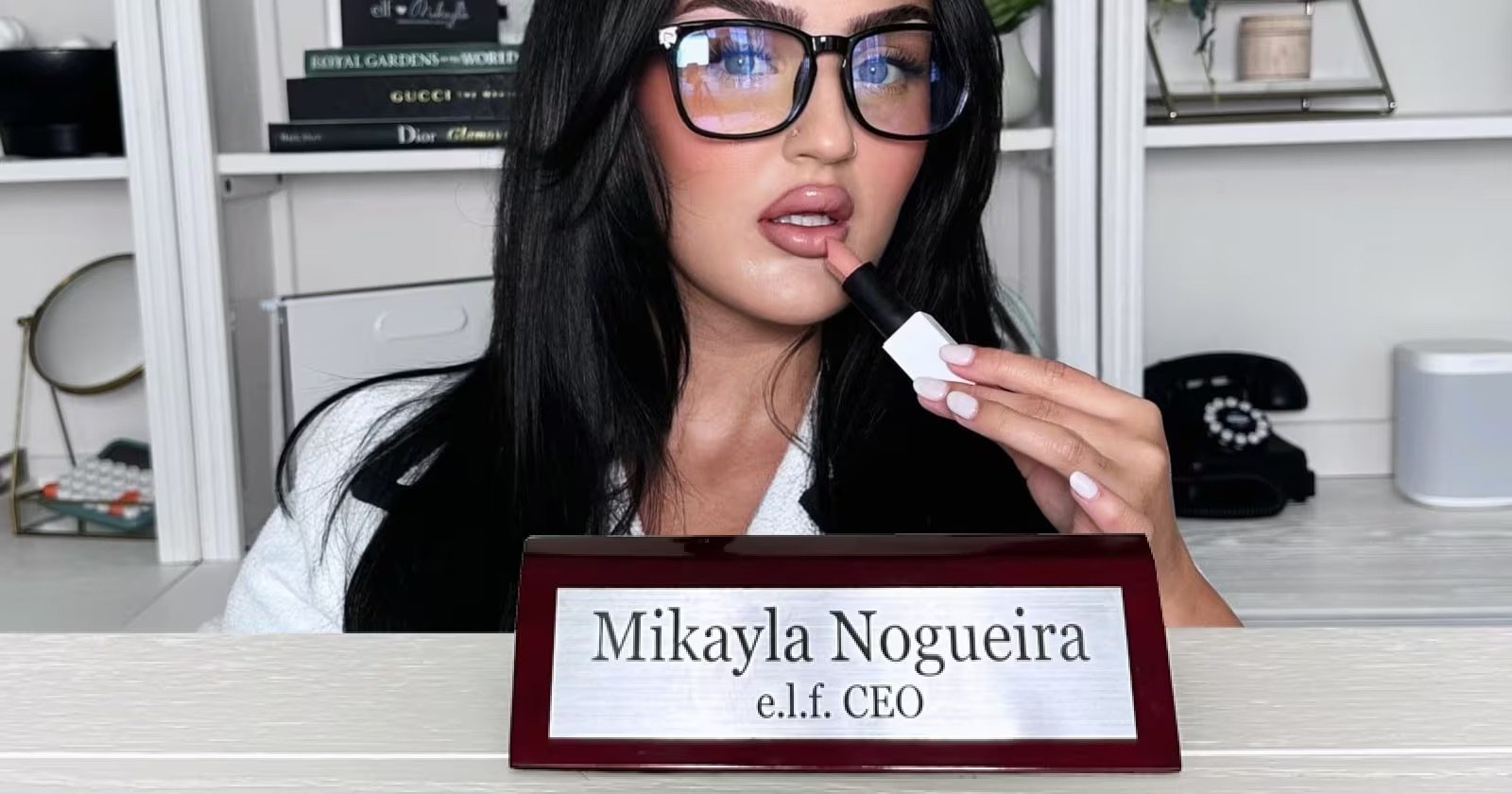Scroll-Stopping Success: How Challengers Make the Most of Influencer Relationships
By Sarah Tilley
Memes, AI, TikTok dances and -core everything. The world of social media is constantly on, constantly changing, and brands that can successfully tap into the trends are reaping the benefits – just look at Stanley (who make the now iconic cups) which grew their revenue from $70M annually to $750M in 4 years. How did they do it? According to their president Terence Reilly, it was down to taking advantage of the influencer opportunity. In both the US (and later in their rollout in the UK), they used influencers as brand ambassadors to talk about why they loved the product. While Stanley’s financials show that they nailed it, other brands may struggle to cut through with traditional influencer marketing as it now blends into the algorithmically driven sea of sameness or rings hollow as today’s savvy consumers label it inauthentic or perhaps worse – bland.
Traditional influencer marketing is about buying attention or ‘let’s get this person with a big following to flog our wares for us’ (sponsored posts at their finest!) Taking it one step further, but still playing to the status quo, some brands focus on aligning their values with those of the influencer’s so that recommendations for their products feel – and some would argue are – more authentic. While both of those paths could lead to success (note Stanley as previously discussed), a Challenger approach requires new thinking to make an impact. To stand out in the land of the scroll, Challenger brands are treating their influencers as true partners, because in this day and age, influencers are brands themselves and the relationship should be more ‘friends with benefits’ rather than ‘pay to play’.
emma chamberlain x Warby Parker, credit: Warby Parker
But is your company brave enough to make this leap into a true partnership? It may require letting go of full creative freedom as co-designed products need to reflect both parties – brand and influencer. But when the relationship is authentic, the risk is worth the reward. As Callum McCahon, Executive Strategy Director & Partner at Born Social, told us, “It's about getting comfortable with handing over the keys to creators, because, yes, you can control what the brand is putting out, but most of the impressions about a brand on social are what users and creators and fans and communities are saying. So, if you can embrace that and lean into to that side of it, actually, there's so much potential for brands to really win.”
Warby Parker recently launched their second collab with American social media personality and model Emma Chamberlain. After wearing Warby Parker glasses for over a decade herself, the friendship had already been formed. Chamberlain designed the latest collection with four new frame shapes with each pair named after her or a member of her family. Cementing the benefits for both brands, Chamberlain’s coffee brand also had a starring role at the LA pop-up launch events.
A product collaboration is a great way to boost both parties’ profiles, but Challengers understand that a one-off isn’t a solid strategy for keeping consumers engaged in the relationship’s dynamics. Tackling this subject head on, Classic Challenger brand e.l.f. Cosmetics wanted to keep the party going with their Mikayla Marriage Material Lip Duo made in partnership with influencer Mikayla Nogueira (and worn on her wedding day – hence the name). Having sold out its original product run in 2023 in minutes, for the restocking launch in August 2024, they needed to do something different to grab their audience’s attention. Looking to employ the element of surprise to combat dull, they made Nogueira their CEO (but just for the day). The stunt paid off as the restock sold out within hours. Talking about why they chose to make her CEO, e.l.f. VP of Integrated Marketing Patrick O’Keefe said, “We jump at the chance to create a surprise and delight moment for our community.” For both e.l.f. and Nogueira, maintaining the relevance and interest with their communities is a strong foundation for their brands and it’s entertaining to boot. As McCahon explained to us, there is a Venn Diagram on social where “You've got advertising, which is what brands need to say, and entertainment, which is what people want to see on their feeds. Creators help you play in the middle of those two things. You can tell an advertising message but in a way that is entertaining to audiences, and they don't just want to skip immediately past. Most great social content fits in that sweet spot.”
Mikayla Nogueira x e.l.f. Marriage Material Lip Duo, credit: e.l.f. Cosmetics
Friends with benefits don’t have to be solely about products though as the collaboration between NBC and Snoop Dogg at the 2024 Summer Olympics proved. Deemed to be an “ambassador of happiness” by Molly Solomon, NBC’s executive producer of the Olympics, he is credited with increasing the viewership for the programming but also generating not-insubstantial buzz on social media channels with his litany of viral moments. This wasn’t just a case of traditional influencer marketing though with Snoop just serving up a bigger audience – as he said himself, they let him be him and he got to enjoy it in a way that felt true to his brand. After the Olympics, he posted on LinkedIn to say, “I want to give a shout out to all of the executives at NBCUniversal, because the first thing they did was tell me to be me. This opportunity wasn’t nothing but a chance for me to show the world what it’s supposed to look like when you put the right person in the right environment. Sports, entertainment, the globe, this is what I do. I do it every day.” He was more than a celebrity face for the NBC brand – it was a partnership which promoted him too.
Snoop Dogg at the Paris Olympics 2024, credit: WWD



